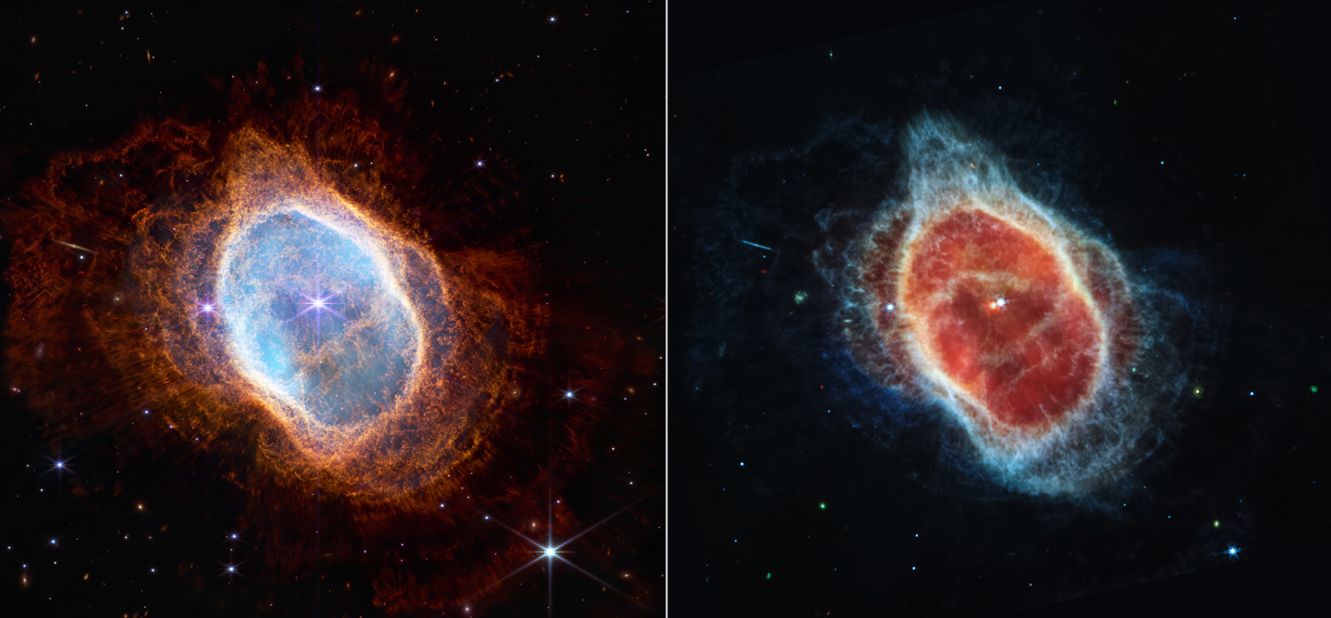Unveiling Hidden Forces: Webb Space Telescope Reveals Planetary System Sculpting

What the James Webb Space Telescope's NIRCam instrument sees in the inner region of the Orion Nebula. Courtesy of: NASA, ESA, CSA, Data reduction and analysis: PDRs4All ERS Team; graphical processing S. Fuenmayor
Massive stars' ultraviolet radiation halts the construction of giant planets in budding systems by scattering their constructing materials, say researchers who are studying the Orion Nebula using the James Webb Space Telescope.
To comprehend the formation process of planetary systems like our Solar System, a universal research team - that includes scientists from the University of Cologne - analysed the Orion Nebula, a stellar nursery, using the James Webb Space Telescope (JWST). While docking on a protoplanetary disk labeled d203-506, they uncovered the significant job that enormous stars play in the birth of planetary systems under a million years old. The study headed by Dr. Olivier Berné from the National Centre for Scientific Research (CNRS) in Toulouse was shared under 'A far-ultraviolet-driven photoevaporation flow observed in a protoplanetary disk' in the science journal.
The aforementioned stars, are around ten times larger and most significantly, 100,000 times brighter than the Sun, can subject planets under formation in the neighboring systems to severe ultraviolet radiation. The central star's mass determines whether this radiation supports or obstructs planet formation by dispersing necessary matter. In the Orion Nebula, the researchers deduced that, due to the severe radiation from massive stars, a Jupiter-like planet could not originate in the d203-506 planetary system.
This team amassed a plethora of experts from fields like instrumentation, data deduction, and modeling. The JWST data was meshed with data from the Atacama Large Millimeter Array (ALMA) to restrict the physical conditions in the gas. They calculated the speed of disk mass loss and concluded that the disk will disappear before a giant planet can fully form.
Dr. Yoko Okada from the University of Cologne's Institute of Astrophysics voiced her excitement over the team's contributions over the years, applauding the planning and the evaluation of the data that led to this significant breakthrough in comprehending planetary system formation.
Scientists are kept on their toes with the abundant data from the JWST in the Orion Nebula, as it presents the potential to conduct numerous meticulous analyses in star and planet formation and the evolution of the interstellar medium.




